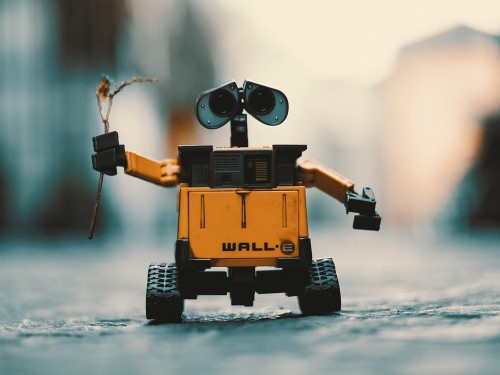After many years of developing robots, the goal has always been to ensure that their movements are carried out in the simplest and most efficient way possible (less energy consumption).
That's why they started moving with 4 wheels, then with 2 wheels and a stabilization system, and later, as the motors evolved and improved, they began to move with legs (4 and 2).
And lately, different robots with humanoid shapes have been presented, which have the advantage of being able to move through places where a human person would.
Many of these robots are experimental prototypes to analyze their behavior, and compare their operating times against other robots that move in a different way (wheels, etc.), because at the end of a day what is important is that the robot is capable of performing its tasks with the least possible energy expenditure, and therefore have maximum autonomy.

It seems clear that a humanoid robot can be well perceived by many people, having a more or less human appearance, but in the end what counts is the efficiency of the robot. Do what they have to do in the most efficient way possible.
In the world of industrial processes, ergonomics and efficiency are the most relevant parameters in addition to cost, regardless of the shape of the machine, but in social interaction environments, aspects of physical appearance can be considered a little more.
To move, wheels do so with less energy consumption than feet. That is why I believe that the future of humanoid robots will be a niche in the global range of robots capable of moving.
But since the needs are so great, any niche can be a very attractive market, and this can be the case with humanoid robots.
As always, time will make us see the reality of things.

